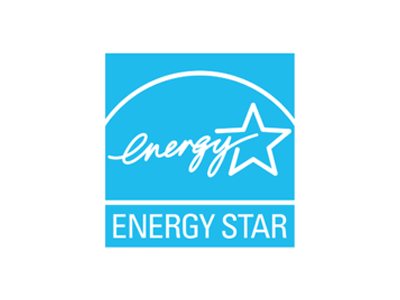With more people increasingly paying attention to their carbon footprint and businesses hurrying to meet this growing demand, you may have seen the phrases “Energy Efficient” or “Energy Star” around more and more often. If you’ve been wondering what exactly energy efficient means or what the difference is, we’ve got you covered.
Energy Efficiency Defined
Energy efficiency, most simply, is anything that uses less energy to complete the same service. An energy efficient lightbulb would use less energy to produce the same or greater light than a traditional one, for instance. A well-insulated home will require less heating to stay warm than a poorly-insulated one, which is another example of energy efficiency. It’s a pretty general term that works for almost anything that reduces energy usage without sacrificing quality. Because of its broad definition, it can be hard to tell to what degree a product is energy efficient without further explanation – which is exactly why Energy Star certification is so important.
Energy Star Rated Products
Energy Star is a government backed symbol used to classify certain products as energy efficient. There are strict guidelines and criteria set by the US Environmental Protection Agency or the US Department of Energy that must be met in order to be recognized as Energy Star rated. The standards vary by specific product and are periodically updated so that the standards become stricter as technology continues to improve. A cornerstone of Energy Star is that performance can never be sacrificed for reduced energy usage – the products must perform as well or better than the standard in order to earn this rating.
Energy Star Certified Homes
In addition to Energy Star rated products, there are also Energy Star certified buildings. In order to qualify for this certification, a building must meet strict energy performance standards. Specifically, the building must perform better than at least 75 percent of similar buildings across the country. Typically, these homes use 35% less energy than the standard. This score takes into consideration differences in operating conditions, climate, and other important factors. If your home is Energy Star certified, you’re reducing not only your greenhouse gas emissions, but also your monthly expenses. Since you’ll expend less energy to heat and light your home, you’ll save money on those costs.
Many of our builders build Energy Star rated or Energy Star Certified homes. Check out our new home communities now to learn more about the benefits of buying new!
To learn more about improvements you can make to you home check our this blog.






